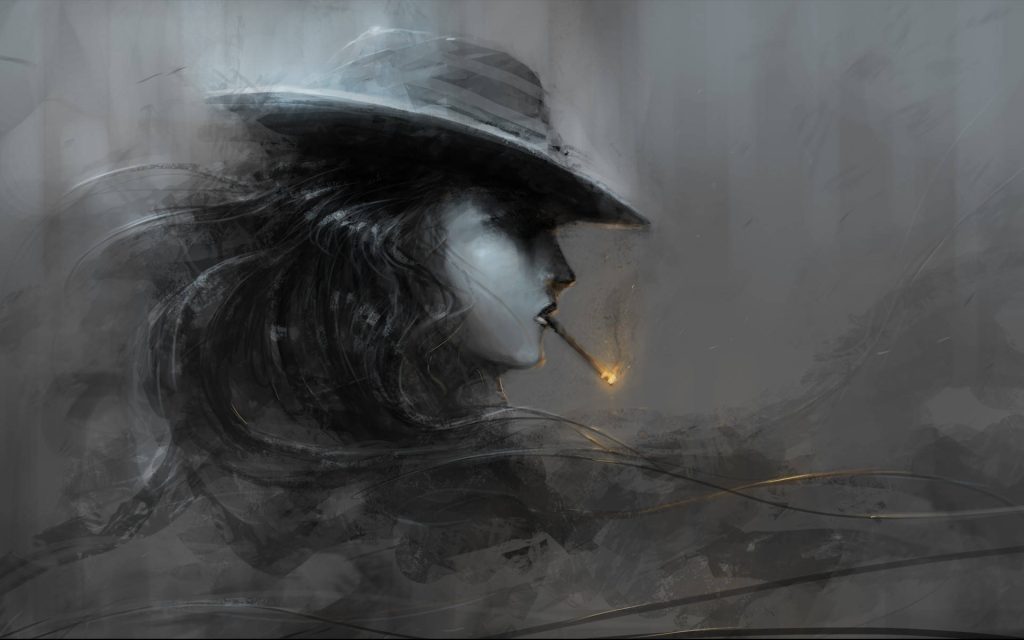Black art encompasses a rich tapestry of creativity, expression, and historical significance, reflecting the diverse experiences and identities of Black individuals across the globe. From the powerful strokes of brush and canvas to the rhythmic beats of music and the dynamic forms of dance, Black art is a vital part of cultural heritage that serves to educate, inspire, and provoke thought.
Historically, Black artists have used their work as a form of resistance against oppression and a means of asserting their identity. The roots of Black art can be traced back to Africa, where art was not only a medium of expression but also a vital part of community life, spirituality, and storytelling. Traditional African art, characterized by intricate patterns and symbolic meanings, laid the foundation for many contemporary forms of expression.
The Harlem Renaissance of the 1920s marked a pivotal moment in the evolution of Black art. This cultural movement, centered in New York City, brought together writers, musicians, visual artists, and intellectuals who sought to redefine the narrative surrounding Black identity. Artists like Jacob Lawrence, Romare Bearden, and Aaron Douglas used their talents to depict the African American experience, celebrating the struggles and triumphs of their community. Their works not only reflected the vibrant culture of the time but also addressed social issues such as racism and inequality, making art a vehicle for change.
In the contemporary art scene, Black artists continue to challenge societal norms and redefine cultural representation. Artists like Kehinde Wiley, known for his striking portraits that reimagine classical European painting through the lens of Black identity, and Kara Walker, who uses silhouette imagery to explore themes of race, gender, and history, exemplify the diversity of voices within Black art today. Their work resonates not only within the Black community but also reaches a global audience, encouraging dialogue around identity, heritage, and social justice.
Music is another powerful form of Black art that has had a profound impact on global culture. From jazz and blues to hip-hop and R&B, these genres reflect the experiences, struggles, and joys of Black life. Icons like Louis Armstrong, Billie Holiday, and Tupac Shakur have used their music to articulate the complexities of their realities, creating a legacy that continues to influence artists across genres. The fusion of sound, rhythm, and lyrical storytelling allows Black musicians to convey powerful messages that resonate on a personal and societal level.
The role of dance in Black art cannot be overlooked. Styles such as African dance, tap, and hip-hop originated from cultural practices and have evolved over time to become celebrated forms of artistic expression. Dance is not only a celebration of heritage but also a means of storytelling and connection within communities. Renowned choreographers like Alvin Ailey and Debbie Allen have made significant contributions to the world of dance, showcasing the beauty and depth of Black culture through movement.
In recent years, there has been a growing recognition of the importance of Black art in mainstream culture. Galleries, museums, and institutions are increasingly highlighting the works of Black artists, offering platforms for their stories and perspectives. This shift not only celebrates the contributions of Black artists but also fosters a deeper understanding of the cultural contexts from which their work arises.
In conclusion, Black art is a powerful testament to resilience, creativity, and the quest for identity. It serves as a mirror reflecting the complexities of the Black experience while challenging societal perceptions. As we continue to celebrate and elevate Black voices in the art world, we enrich our collective understanding of humanity and foster a more inclusive cultural narrative.


